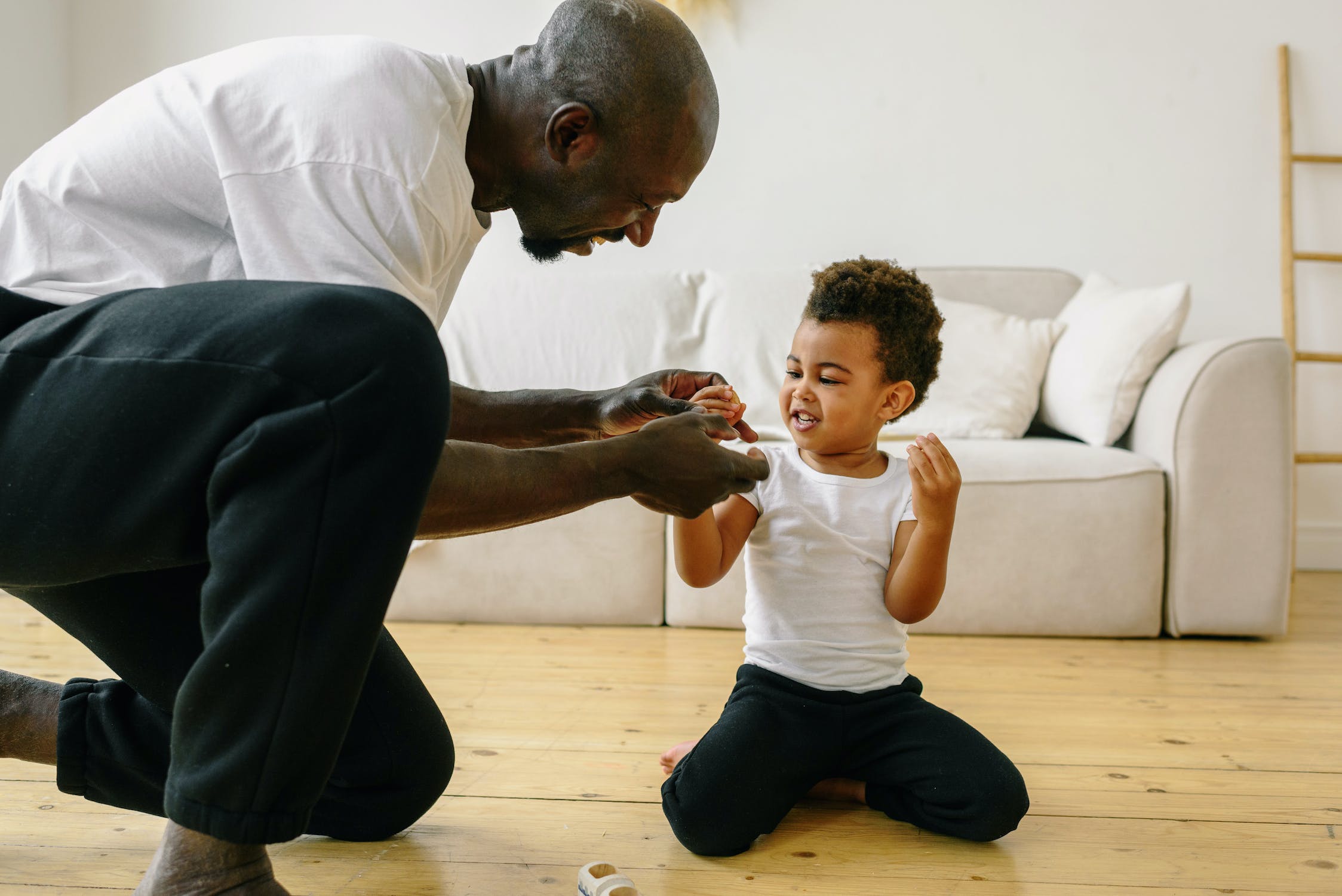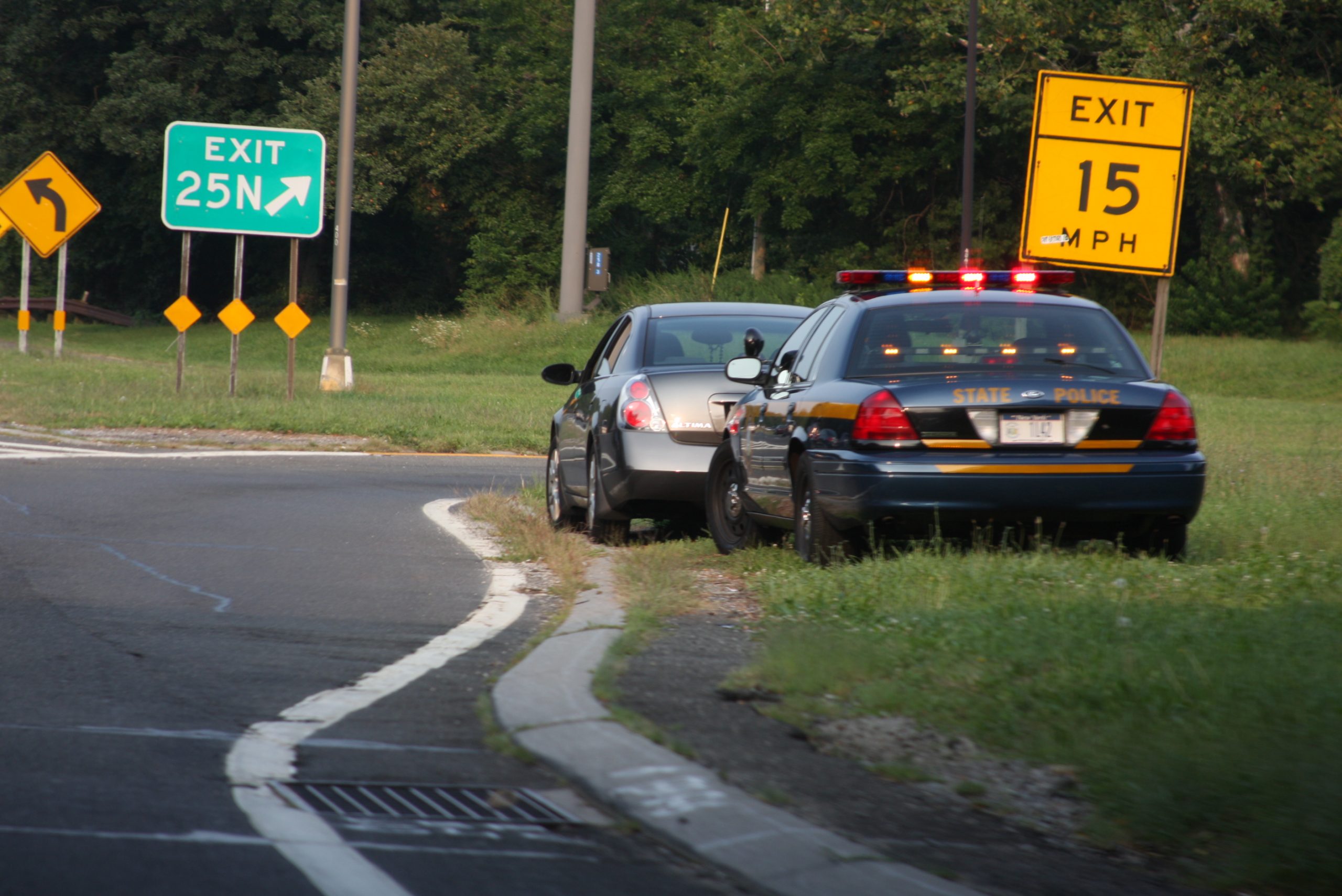
A young woman wearing college a graduation cap and gown walking down a sidewalk by Stanley Morales. Image from Pexels is licensed under Pexels license.
Many pursue college as an avenue of economic mobility, but gender and sexuality can also influence the decision to attend and move away from home. For young Latinas, in particular, household and family responsibilities and traditional gender norms can shape such decisions. Sociologists Michelle Gomez Parra and Lorena Garcia argue that desires to break free from these gendered expectations are an important part of Latinas’ decisions to move away for college.
Parra and Garcia interviewed 31 Latinas who were enrolled in or graduated from a four-year university. The women were all from poor and or working-class families and 2nd generation (born in the U.S., but had a parent who immigrated) or generation 1.5 (immigrated to the U.S. before the age of 12). While the women saw college as an opportunity for economic mobility, they also described gender-related desires for individual freedoms.
The women shared how going away to college lowered the burden of household responsibilities. For example, ‘Emma’ said: “After school, my sister and I washed the dishes, cleaned up the living room, helped my mom with dinner when she got home from work. And weekends we’d go [to] the lavanderia [laundromat]. My brothers didn’t have to do any of that, it was annoying as hell!”
By going away to college, the women could escape these responsibilities and focus on their studies. ‘Yolanda’ explained: “I didn’t want to always be stuck doing los quehaceres [housework], I didn’t want to deal with that and try to focus on my studies at the same time…I was like, ‘nope,’ I gotta go away for college.”
The desire to move more freely outside the home also influenced the women. They described how their parents – in an attempt to prevent their daughters from sexual activity or “quien sabe que” (who knows what) – limited or closely supervised their social activities. ‘Erica’, a college graduate, explained: “My dad was always so strict about everything!…I thought, ‘This is my chance to not have anyone putting so many limits on everything I do.’” In terms of identity, being a college-bound teen also allowed the women to distance themselves from the stereotype that working-class Latinas often become “teen moms.”
Economic mobility and the promise of a bright future are important factors in the decision to go to college, but not the only factor. Rather, for these working-class Latinas, their decisions provided an opportunity to break free of gendered expectations.






